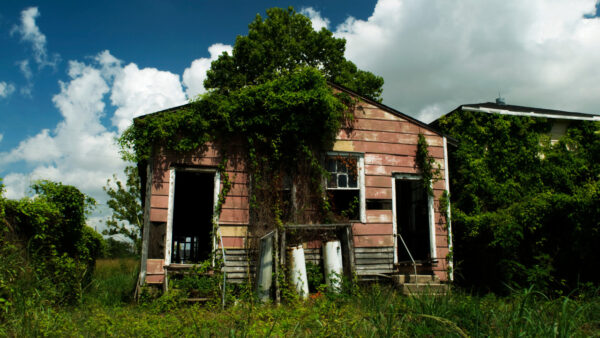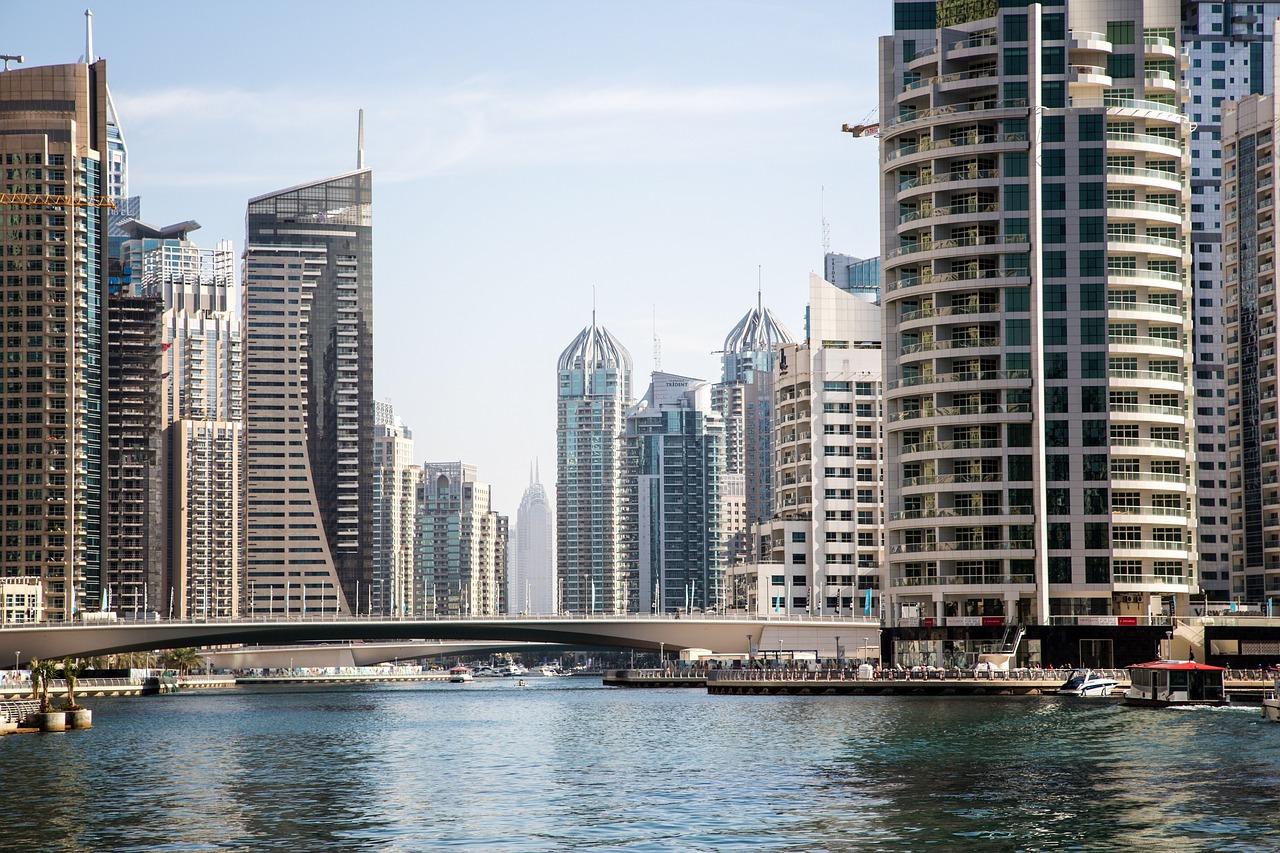The history of American architecture is compelling and rich, especially the vernacular type has become an eye candy for architects in the modern day. Let us send history your way through the architectural lens of a shotgun house.
The term shotgun originated from one’s ability to stand on the front porch and shoot a shotgun straight through every room in the house and out the back door without hitting any walls.
This means that the rooms are present one behind the other and there is only a single entrance with an exit lying at the end of the interconnected rooms These houses have a linear design and are instantly recognizable, thanks to their small footprints.
Table of Contents
Key Features that make Shotgun Houses Standout
- Typically, shotgun houses are diminutive dwellings, one room wide, three to five rooms deep with no hallway, and oftentimes no doors. Owing to the absence of hallways, it is necessary for the occupants to walk through one room to get to the next.
- The front door of the house leads directly into the living room following which are one or two bedrooms and finally, you will land in the kitchen at the back of the house.
- All the doors line up and provide a straight-way entry to cool breezes in warm climates, making way for cross-ventilation.
- Shotgun houses typically feature spacious gabled front porches and this promoted a mutual feeling of interacting with the neighbors.
- Originally, there existed no bathroom as well, however, as interior plumbing standards changed with time, bathrooms were frequently added in the house back, either as a part of the kitchen or the back-end porch.
- Oftentimes, these small homes are seen painted in bright colors and their welcoming porches at the front end are decked out with gingerbread trim.
- Shotgun houses that have roots in New Orleans are found to have another striking feature; they all are raised a couple of steps above the ground level. The front of the house usually has a single door and window.
- The room size is well-proportioned with high ceilings which help to let our warm air in summer.
Idea Behind Shotgun Houses
Shotgun houses were originally constructed to deliver efficiency and affordability. Developers built them with the intention of accommodating as many residential units or houses on small plots of land as possible.
Origin of Shotgun Houses
Owing to its vernacular architectural type, the shotgun houses come in several styles. Originally brought to the US around 1810, possibly by Haitian immigrants to New Orleans, it was popular through the early 20th century, and that is more a century-old story by now.
Talking about the past, the employers built shotgun neighborhoods to house their employees. In addition, the US Government built shotguns for public housing since it was the best kind of mass housing, cheap and comfortable.
As shotguns continued to make their way on residential lands, they were built in the latest styles of the time. Shotguns were immensely popular across the American south and coast to coast. This is because they were cheap to build and they made good use of narrow lots or allowed larger lots to be split up, accommodating more families on the same piece of land.
In the United States, the best orientation of a shotgun house is deemed as east-west. This is because the majority of the winds in the US are westerly i.e., come blowing from the west.
Although shotgun houses were once all the rage and the 1910s and 20s, they fell out of the favorites list owing to urban renewal and the need for augmented privacy. This is because families began to value privacy more and were firm in not compromising on it. As a consequence, thousands of shotguns were eventually abandoned and demolished.
However, a newfound appreciation for their architectural significance is helping them get the recognition and restoration they deserve.
Variations in Shotgun Houses
There are three variations of the shotgun type of architecture as are discussed below.
-
Single Barrel Shotgun
This is the basic shotgun type. The single barrel acts as the base starting point for the other two. It can house one family on one floor. Back then when they were very popular, whole families would live in these small homes with no doors.
-
Double Barrel Shotgun
The double-barrel shotgun house was just the single barrel mirrored with a shared wall. It shares a resemblance with duplexes shotguns.
Sharing walls reduced construction costs, making it cheap and easy to house two families together rather than living apart. Sharing just one wall leaves the other two exterior walls available for windows.
-
Camelback Shotguns
These shotgun houses can either be single or double-barrel and each unit will have stairs leading up to a second floor that would house bedrooms. This will result in either the expansion of the first-floor sleeping area or freeing up some of the floor space for other purposes like a dining room.
The second floor of the camelback almost never takes up the full first floor. This seemingly is due to attacks on second floors or street fronts. Supposedly, partial second floors did not count towards that but according to the preservation resource center of New Orleans, no such tax has been found. Far more likely, building street fronts were expensive and the second floor was set back, you wouldn’t need to dress it up and it could remain relatively simple.
Pros of a Shotgun House
- The shotguns are comfortable living units because of being extra-ordinarily well-suited to hot and humid climates. The interior height of the rooms allows heat to rise, get accumulated, and move away from the occupants. Additionally, the end-to-end openings allow for good cross-ventilation as well as the theoretical trick shot.
- Cross ventilation can help keep a home cool even in the worst of summers when the sun compels the mercury to shoot for the moon. So, if your air conditioning ever goes out, shotgun houses have you covered. You just need to open the doors and windows on two opposite ends of your home.
- With their unique and accommodating architectural design, shotgun houses gave an impetus to discovering inventive ways of fitting all the necessities without needing a square footprint area.
- These houses can contain a great number of families and space wastage is a minimum.
- These houses are easy to maintain and fix when required.
- Shotgun houses can be seen as a good option for investment. They can be bought at cheaper prices and after refurbishing and flipping them up, they can help you earn some great profit.
- Occupants who reside in a shotgun house can get a marked savings on their utility bills and this also helps to conserve electricity at the domestic level.
Cons of a Shotgun House
- One of the striking defaults in a shotgun house is the lack or more precisely, the absence of privacy for families who want to keep their personal lives privy and sequestered from their social life. This is one of the major reasons that led to a decline in the construction of such houses.
- If you plan to buy a shotgun in an area where they are not commonly found, you may find yourself in a fix financing them.
- Investment in a shotgun house can be risky because of varying trends in the real estate market.
- If you own an older version of a shotgun, it is high time to either renovate it or otherwise offer a great discount to potential buyers to get rid of the declining property.
Frequently Asked Questions (FAQs)
What is meant by vernacular architecture?
Vernacular architecture is the architecture of a place designed or created by a culture that is a reflection of its surrounding environment including climate and local building materials.
This type of architecture is rarely designed by an architect. It is more often the result of generations of passed-down knowledge. This is an implication that with different climates and different building materials, the architectural types also vary.
What is the difference between the architecture of a railway car and that of a shotgun house?
The configuration of rooms in a railway car is very similar to a shotgun house. However, it has a narrow hallway, running down one side of the house, connecting each room just as on a rail car.
Talking about the hallway, the shotgun houses do not contain one. The rooms connected in series are generally the living room, bed room, and kitchen.
Where can shotgun houses be seen today?
Today, the largest remaining concentration of shotgun houses can be found in New Orleans Louisiana followed by Lexington Kentucky and they are seeing a resurgence in popularity among singles and couples either just starting out or having retired.
With so many shotguns lost at a time in this modern development, this resurgence has created a much-needed refocusing on the preservation and importance of the American shotgun houses.
Should we invest in buying a shotgun house?
Despite the resurgence in the popularity of the shotgun houses, the real estate market trends keep on fluctuating subject to varying needs and standard practices. So, before you dive into a reckless investment, make sure you have all the checkboxes marked.
It is better to not invest in a heritage property that requires either too much renovation or is likely to decline with time. However, some masterpiece shotguns are worth your investment. Therefore, it is imperative to consult a real estate agent before investing in one, so that whatever money you put in, you get a good profit as a return.







